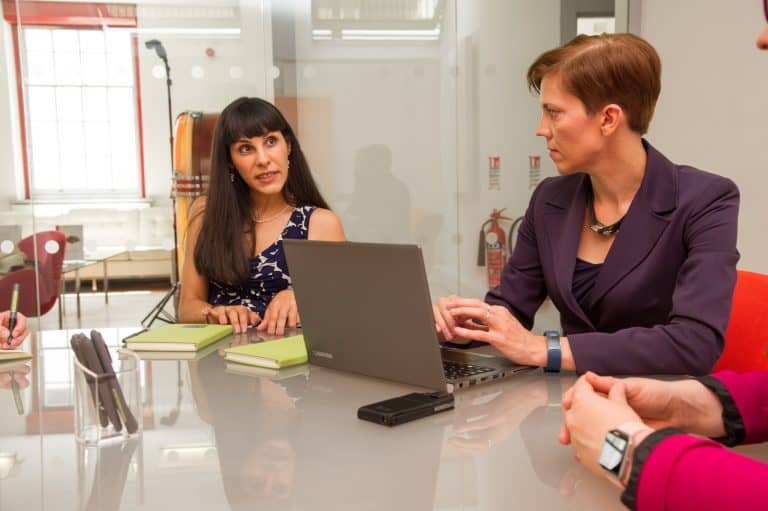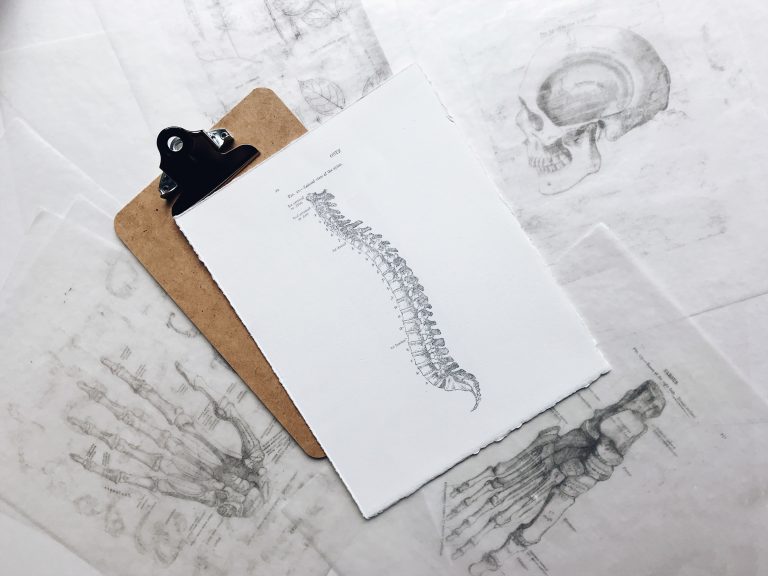Discussing appropriate funding
Once you have engaged a specialist solicitor, the first step is to determine the most appropriate funding arrangement for you. Your options can include pre-existing Legal Expenses Insurance or a “no win no fee” agreement.
Investigating your case
We’ll then request copies of medical records and GP notes from the hospitals where you received treatment. We’ll thoroughly review them to identify the specific incidences of substandard treatment that resulted in injury or loss. We’ll also identify each of the potential defendants in your case.
To successfully bring a spinal injury claim, your specialist medical negligence solicitors will need to prove that:
- The medical professionals who treated you provided substandard treatment.
- That, as a result of that substandard treatment, you have suffered injury and financial loss, for example as a result of a delay in diagnosis or treatment.
Experts' opinions
If we feel that your medical records are supportive of a claim, we’ll instruct a specialist medical expert to provide an opinion regarding any potential incidences of substandard treatment identified. It may be necessary to approach more than one expert if you received substandard treatment by medical professionals in more than one discipline. We’ll also ask appropriate medical expert(s) to report on whether any of these incidences of substandard treatment resulted in you suffering an injury.
Setting out the details of your claim
We’ll then draft a formal “letter of claim” to the medical professional(s) or NHS Trust responsible for any treatment considered to be substandard. The letter of claim will set out in detail the circumstances surrounding your treatment, the specific allegations of negligence you are making against the Defendant(s) and the particular injuries and losses you have sustained.
The Defendant will then have four months to investigate the claim and respond with a formal “letter of response” outlining the treatment provided, any reasoning behind decisions made and a summary of medical records. The letter may contain either an admission or denial of liability.
We appreciate that it can be difficult making a claim against an NHS Trust, or you’re your medical team if you’re still receiving treatment from them. We understand the importance of maintaining a good relationship with your treating medical team and are used to handling these situations.
Response from the defendant - accept responsibility
If liability is admitted, we’ll arrange for you to be assessed by a medical expert who will provide a formal report on your condition and prognosis. We’ll also need to carefully consider your past, ongoing and future requirements and where appropriate, commission expert reports on your current and future care, therapy, accommodation, assistive technology and any other needs to enable us to accurately value your spinal injury claim.
We’ll discuss all of this carefully with you, in order to make a formal offer to settle your claim to the Defendant. If you’ll require treatment and therapy before the claim can be quantified, we’ll request an interim payment to fund it. In appropriate cases, we can also arrange for a qualified case manager to manage and coordinate a care and therapy package for you.
If liability is denied, we’ll consider the letter of response with our medical experts. If we still think you have a strong case, we’ll obtain a medical report on your condition and consider issuing court proceedings. This sends out the strong message that we are willing to allow your claim to be determined by a judge at trial. We may also do this if a settlement can’t be reached.
Response from the defendant - deny responsibility
If liability is denied, we may need to issue court proceedings. We’ll need to prepare the following documents:
(a) The Claim Form – A formal document setting out brief details of the parties to the claim, the alleged date(s) on which the substandard treatment occurred and on which you realised you had suffered injury as a result of the treatment received and the approximate value of the claim. The court will be asked to seal or “issue” this document, signifying the issue of proceedings
(b) The Particulars of Claim – A formal document setting out paragraph by paragraph the circumstances surrounding your claim, the particulars of the negligence alleged and the injuries sustained as a result with reference to a Condition and Prognosis report
(c) A medical report from one of the medical experts involved in your claim, setting out your Condition and Prognosis
(d) A Schedule of Loss – A formal document setting out the details of your past and future loss and expenses incurred due to your injuries
Once the Court has issued the Claim Form, we have a four months to serve all of the above documents to the Defendant(s) or their nominated solicitors. From the effective date of service, the Defendant(s) or their solicitors have a period of 14 days to serve an Acknowledge of Service indicating they intend to defend the claim. They then have a further 14 days to serve a Defence. The Defence will respond paragraph by paragraph to the Particulars of Claim with admission or a denial of liability. If no Defence is filed, judgment can be entered against the Defendant(s) and the court will provide for your compensation to be assessed.
Preparing for your trial
Once the Defence has been served, the court will list a Case Management Conference to determine a timetable of steps to be completed by both parties to narrow the issues and/or value your claim. Such steps include disclosure of relevant documents, exchange of witness statements and exchange of experts’ reports. The Defendant may be granted permission to instruct its own medical experts in the same disciplines as your medical experts. The court will also list the case for trial.
As we prepare your case for trial in accordance with the court timetable we’ll continue to consider whether a settlement can be reached, but if the parties are unable to negotiate a settlement, the claim will ultimately be decided by a judge at trial. Please be assured that many spinal injury cases do settle without having to proceed to trial and the court will usually require the parties to consider alternative methods of settling a claim to trial, for example a round table settlement meeting where both parties and their representatives meet with a view of trying to negotiate a settlement face to face.







